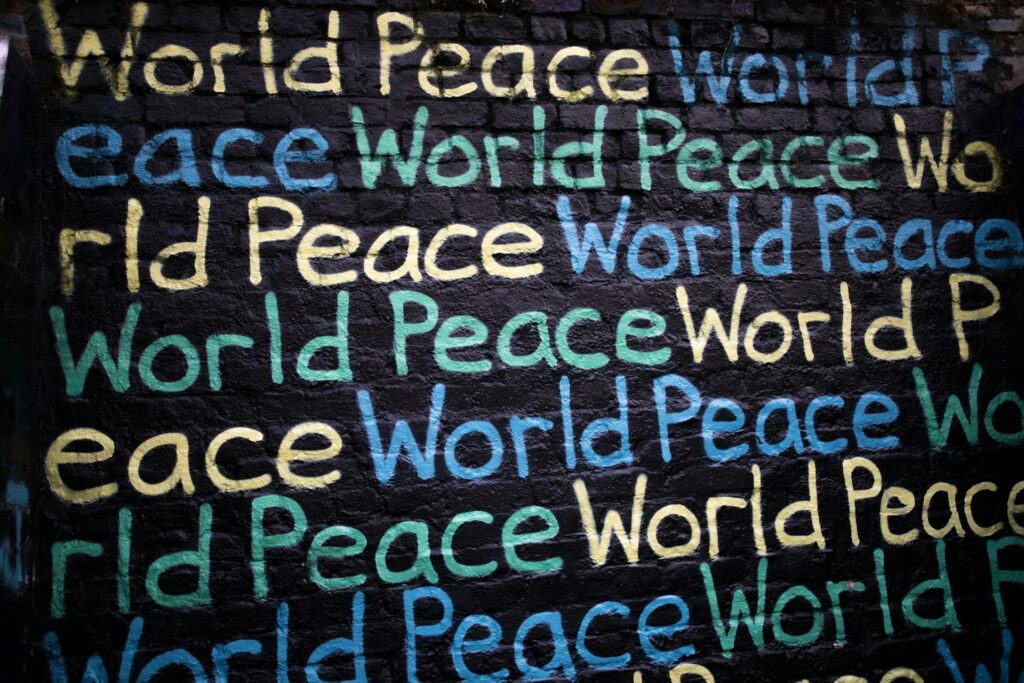Countries with the Highest Levels of Peace

Countries with the Highest Levels of Peace
According to the 2024 Global Peace Index, the majority of aspects that are indicative of peacefulness have worsened over the course of the preceding two decades. Conflicts both old and new, as well as the polarization of our political and cultural systems, are the primary causes of this.
Economic value is created by nations that are peaceful.
In the words of some individuals, “peace begins with a smile.” In addition to experiencing larger levels of political stability and a higher level of satisfaction among their population, peaceful societies also have faster rates of income development, stronger currencies, and higher levels of foreign investment.
It is possible to quantify the economic effect that violence has on the worldwide economy. In 2023, it was responsible for contributing $19.1 trillion in purchasing-power parity (PPP) dollars, which is equivalent to 13.5% of the entire global GDP. This equates to $2,380 less economic production for each individual on the globe. Compared to the previous year, this reflects an increase of $158 billion overall, and the majority of this rise was driven by a 20% increase in the amount of GDP that was lost due to fighting. To put that into perspective, the entire amount spent on peacebuilding and peacekeeping activities was just $49.6 billion, which is less than 0.6% of the total amount spent on the military.
The following are the most important things that can be learned from the 2024 Global Peace Index, which is the most prominent indicator of global peace in the globe. The Institute for Economics and Peace (IEP), an international think tank, is responsible for compiling this report, which includes 163 sovereign governments and territories that are home to 99.7% of the world’s population. The ranking, which is based on 23 indicators that are grouped into three criteria (societal safety and security, extent of ongoing domestic and international conflict, and degree of militarization), reveals that 65 countries have shown improvement and 97 countries have shown deterioration. This is more than any year since the Global Peace Index was first established in 2008.
Peace in the World, Broken Down by Region
As per the findings of the IEP researchers, the overall level of global peacefulness saw a decline of 0.56% throughout the course of this year. Although this may not seem like a significant amount, it is important to take into consideration that this is the eleventh time that the average has decreased, which results in a total decrease of 4.5% since the index was first introduced. Over the same time period, the number of people who are either refugees or internally displaced has skyrocketed to 95 million. There are sixteen countries in which at least five percent of the population is either a refugee or an internally displaced person.
It should not come as a surprise that political instability and unresolved internal problems are important elements that undermine the peaceful relationship between nations throughout the world. Afghanistan has been classified as the least peaceful nation in the world for the last six years in a row; however, in this year’s edition of the Peace Index, South Sudan, Sudan, and Yemen have overtaken Afghanistan to take the esteemed position of being the country with the least tranquil environment. In comparison to the previous year, Ukraine had the most significant decline in the index, sliding 14 places to the 157th slot. This year, Ukraine fell two spots more, reaching the 159th level. With Israel and Palestine having the first and fourth highest deteriorations in the ranking, respectively, the fighting in Gaza has also had a detrimental influence on global peace and tranquility. It goes without saying that this conflict has had a bad impact on everything. Haiti, Ecuador, and Gabon were the other countries that witnessed a significant fall in their economy.
A total of 162,000 people lost their lives as a result of armed conflict in the last year, making it the second-highest toll in the past three decades. Between April 2024 and April 2025, the conflicts in Ukraine and Gaza were responsible for approximately 75% of these fatalities. Ukraine alone was responsible for more than half of these deaths, accounting for 83,000 deaths, while Gaza experienced at least 33,000 deaths. One further trend that is cause for concern is the increasing globalization of hostilities. Currently, 92 nations are participating in some type of external conflict, which is a significant increase from the number of 33 countries that were involved in such conflicts in the index from 2008.
The experts at the Institute for Economics and Peace point out that many of the characteristics that generally precede big wars are more apparent now than they have been since the conclusion of the Second World War. This is an even more alarming development. As of right now, there are 56 ongoing wars, which is the highest number since the late 1940s. However, fewer conflicts are being resolved by the use of military force or through peace accords.
The Geographical Distribution of Countries That Are Peaceful
A decline of about five percent was reported in North America, which was the area that had the greatest average degradation of all the regions. This reduction was largely driven by rises in violent crime and fear of violence in both Canada and the United States. The Middle East and North Africa (MENA) area is the least peaceful region in the world since it is home to four of the ten nations that are considered to be the least peaceful in the world. One of the regions that had a decline in peacefulness this year was Sub-Saharan Africa, which is the second least peaceful zone.
As for other regions, the average score for Central America and the Caribbean dropped by 0.17%, with seven out of twelve nations seeing a decline in their rankings and five countries experiencing an improvement. Particularly noteworthy is the fact that El Salvador and Nicaragua, respectively, had the first and third greatest advances on a worldwide scale. In addition, South America had a drop of 3.6% as a consequence of the degradation that occurred in the categories of Safety and Security and Ongoing Conflict.




